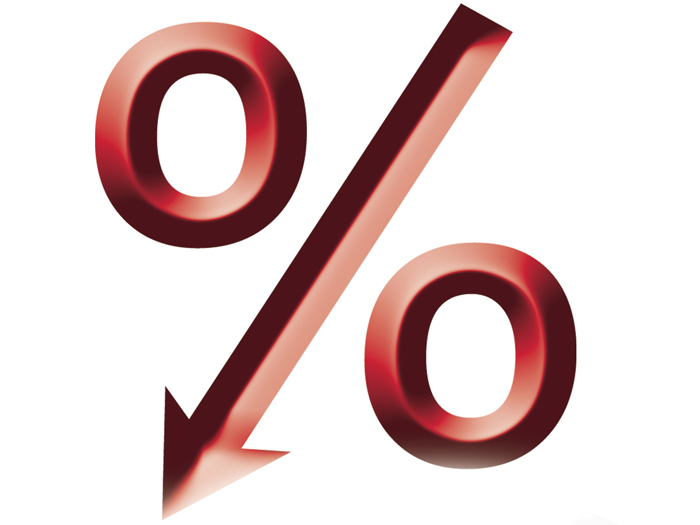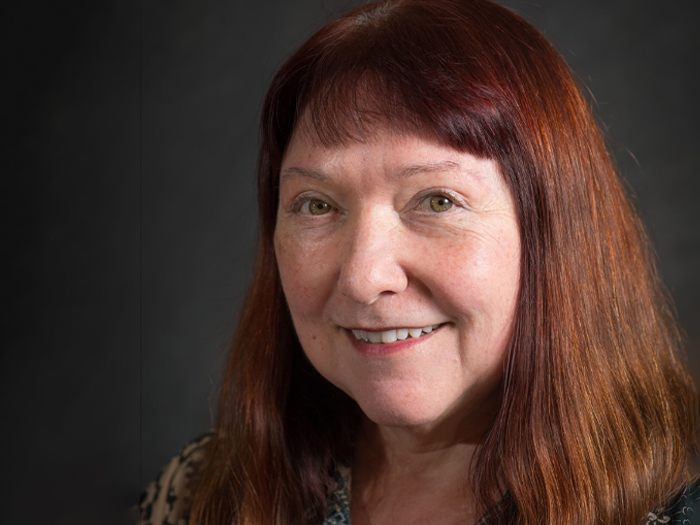Reinsurance
Four Takeaways on the Reinsurance Market

Leaders of the reinsurance industry gathered at the CPCU Society Reinsurance Symposium earlier this year to discuss the current state of the market and where it’s headed. Here are some key takeaways from the conference’s opening panel discussion:
1. A Soft Market is the New Norm
Swiss Re Managing Director Keith Wolfe called the market not just soft, but “dismal,” with reinsurance pricing currently more competitive than the primary market.
The reinsurance market is saturated with “too much competition, too much capital, and too few CATs,” according to Peter Hearn, chairman of Willis Re. It is a trend that may be the norm until excess capital dissipates into new, emerging risks.
Cost control efforts, however, could hinder new ventures.
Specialty and regional carriers are sticking to what they do well,” said Hearn, and only global insurers are pursuing expansion.
According to Mick Ware, president and CEO of United Heritage P&C, reinsurers are recovering slowly from the economic recession but remain very cost-conscious.
One opportunity for growth may exist in workers’ compensation which, according to Wolfe, is “starting to pick up more than people realize” and is leading the way in rate increases.
2. Seeking New CATs
Reinsurers are increasingly looking to spread capacity to new CAT markets. The reinsurers identified five categories with promise:
• Cyber
The market for cyber insurance and reinsurance is soft because so many players are trying to get involved, and much uncertainty exists due to cyber risk’s evolving nature. Still, it is a demand that will not be going away anytime soon and will offer growth opportunity as cyber products become more developed.
• Terror
If the government does not reauthorize the Terrorism Risk Insurance Act, private reinsurers will have a big void to fill.
“TRIA is a big concern,” Wolfe said. “There is an appetite for terror exposure to come into the industry.”
• Climate change
Losses from severe weather are likely to increase as major storms become more common. “Wildfire is also a big concern from a CAT standpoint,” Ware said.
• Driverless cars
The rise of automated driving is “not an ‘if’, but ‘when’ situation,” Wolfe said. While liability surrounding driverless cars is uncertain, insurers will have more risk to cover, whether it belongs to drivers, car manufacturers or suppliers.
• Nanotechnology
Given the increasing scope of nanotechnology, Hearn surmised that it could be “the next asbestos” in terms of the potential for mass tort litigation.
“It’s big in the health and fitness and the food and beverage industry. The impact could be huge,” Hearn said.
Nano particles can be used to manipulate food’s texture, aroma and flavor, and alter its health profile. Pollutants created by the manufacturing process could potentially sicken workers and consumers. The growing potential uses and risks of nanotechnology have been largely flown under the radar, Hearn said, but they represent a new CAT market to keep an eye on.
The lack of loss history, however, is a common drawback to all of these opportunities. Reinsurers are taking a “wait and see” approach to these emerging markets.
3. Alternative Capital
Hearn dubbed this a “transformative time” for reinsurance as it becomes a “blended, collateralized, hedge-fund driven market.”
Insurance-linked securities and other alternative forms of capital have grown, contributing to market softening. Yet, “there is a ceiling to the percentage of the alternatives that will be purchased,” said Nick Tzaneteas, executive vice president of Transatlantic Re.
According to Hearn, insurance-linked securities represent 5 percent of P/C premium at Willis Re.
However, due to lower cost of capital, insurers are increasingly turning to alternative forms of risk transfer as a complement to traditional reinsurance, which will push reinsurers to adopt new models.
Said Wolfe, “the reinsurance market is not traditionally innovative, but that needs to change.”
4. Demographics and Expansion
The aging U.S. population means fewer younger people are buying cars and homes, and starting families, and thus are buying less insurance. Decreased economic activity incentivizes larger reinsurers to look abroad.
“From a demand standpoint, we have to look at emerging nations,” Hearn said.
The rise of the middle class in China, India and Africa means there is a larger population that has assets to protect. “We will see a rise in life and property/casualty demand,” he said.










